The verdict: The Chrysler Pacifica Hybrid keeps most of the good parts of our favorite minivan, while adding exceptional efficiency.
Versus the competition: What competition? This is the world’s first and only full-size hybrid minivan, plug-in or otherwise.
It's a little surprising that Toyota, the undisputed hybrid king, didn't beat Chrysler to market on this one with a hybrid version of its Sienna. Instead it was the original minivan king, Chrysler, that did it.
This is the 2017 Chrysler Pacifica Hybrid, and it's not just a hybrid, it's a plug-in hybrid. That means it uses an electric motor and substantial battery pack to supplement its gasoline V-6.
It's a bit more capable than a regular gas-electric hybrid, however, as that battery is big enough to power the van by itself for an EPA-estimated 33 miles on a full charge. We drove one for a week to see if it could live up to those claims — and if the tradeoffs that come with the hybrid prevent it from being as useful as its conventional sibling.
Same Great Look
Little differentiates the hybrid from the standard Pacifica. There are new wheels and tires, the grille gets a different design, and there are a couple of unique paint colors. The most obvious change is the addition of a charging port door on the front left fender.
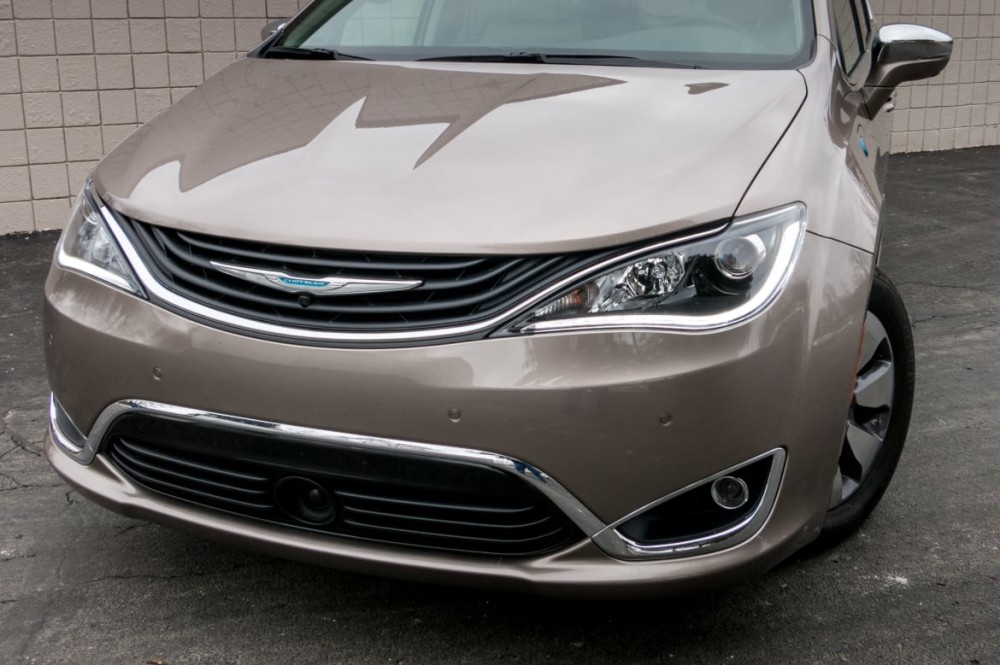
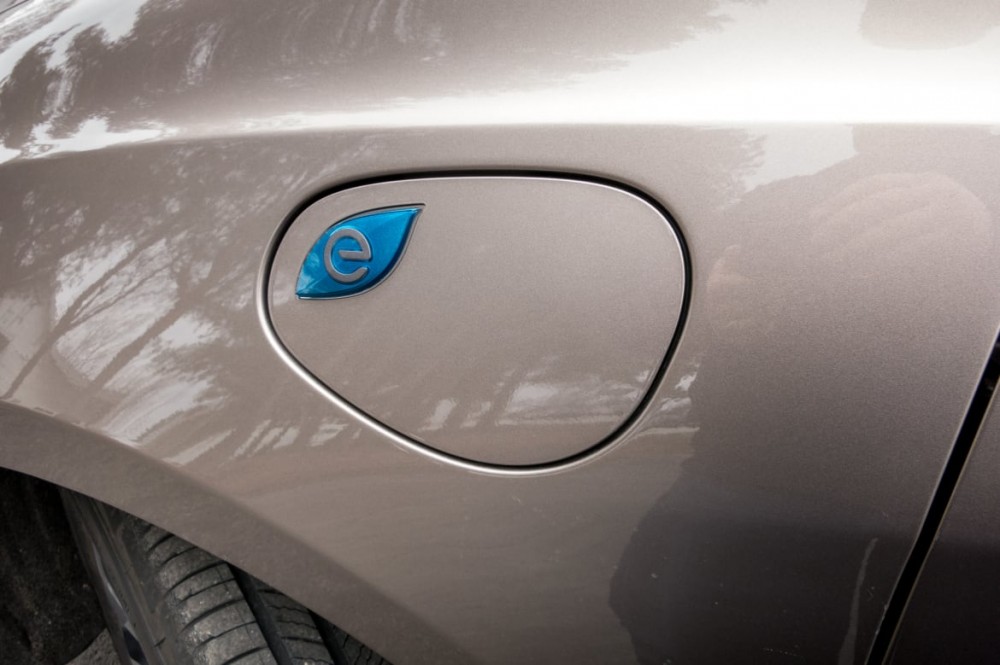
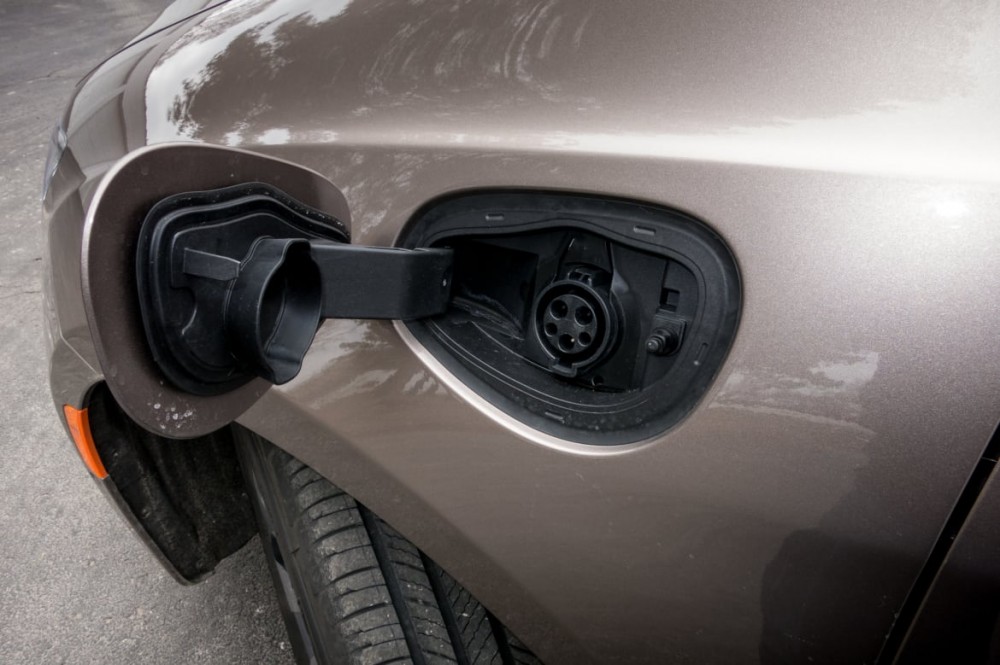
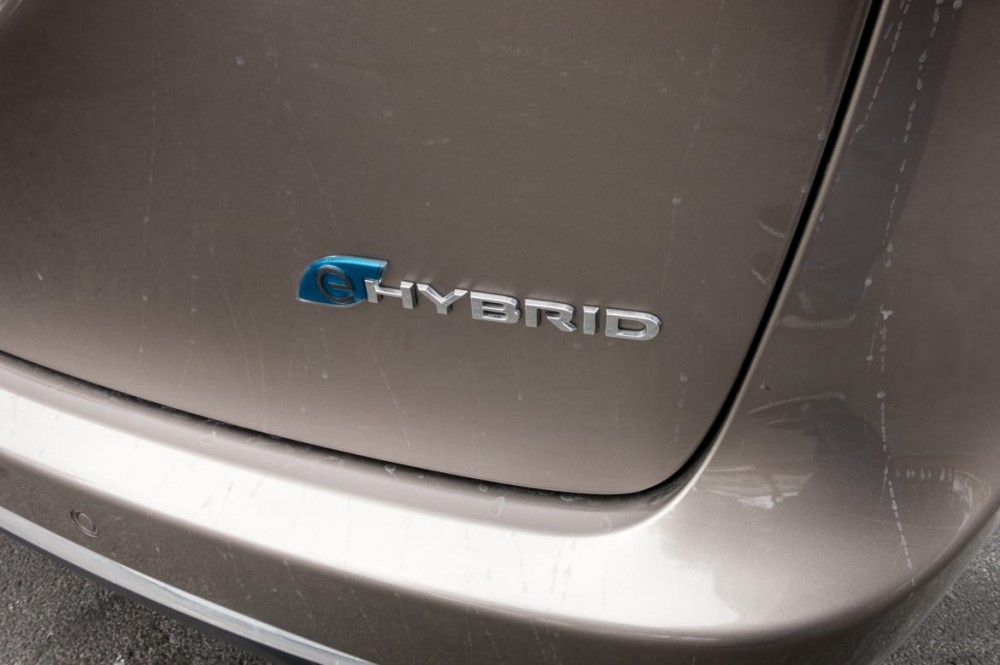
Same Great Taste
Like most electric-assisted cars, starting it up takes just a push of a button, followed by … nothing. Beyond the beeping of warning chimes, if your minivan has a full charge and it's not freezing cold outside, nothing will happen other than the gauges sweeping and the radio coming on. If it is cold out, the 3.6-liter V-6 engine will turn on to get things heated up.
Unlike the Chevrolet Volt and BMW i3 with Range Extender, which are primarily electric cars with range-extending gasoline engines, the Pacifica Hybrid runs its engine whenever it feels it needs to — when it's cold out, when you're looking for hard acceleration or when it's run out of battery power. Driving with a light right foot can help keep it in EV mode, but there's nothing to stop that engine from firing up. This is how most plug-in hybrids operate.
The powertrain uses a 3.6-liter V-6 "hybrid engine," which is different from the one used in the normal Pacifica. It runs a super-efficient Atkinson cycle and has other modifications to make it more efficient. Combined with the electric motor, the van produces an estimated 248 horsepower, according to Chrysler, which declines to quote a horsepower number for the engine alone.
The engine channels its power through a dual-electric-motor-assisted continuously variable automatic transmission, then out through the front wheels. It all operates seamlessly, transitioning from electric to gas power with just the thrum of the engine and some changes to the dials.
Accelerate from a stop and the Pacifica Hybrid demonstrates everything we love about electric cars. Massive torque right off the line can actually chirp the tires under hard acceleration thanks to the characteristics of electric motors. If you plant your foot to the floor, you'll kick the V-6 engine on, as well. But if you're more judicious with the accelerator, you'll be rewarded with smooth, quiet, effortless power that makes the Pacifica Hybrid feel sprightly and quick around town. Merging onto the highway is no sweat, either, with plenty of acceleration to be had at any speed.
Braking performance isn't the greatest. When it comes time to bleed off some speed, the regenerative braking system is employed first, working to recapture some momentum and turn it into power for the batteries. That results in a typical hybrid-style brake feel — disconnected and vague. The steering has no such issue, with a lightness and directness that's surprisingly communicative. It goes, stops and changes direction as well as the standard Pacifica — maybe just a little bit better when it comes to acceleration.
Accelerate from a stop and the Pacifica Hybrid demonstrates everything we love about electric cars. Massive torque right off the line can actually chirp the tires under hard acceleration, thanks to the characteristics of electric motors.
But Now Less Filling
Efficiency is the reason you buy a hybrid, and the Pacifica Hybrid's results here are a bit mixed. The EPA estimates 33 miles of EV range before the engine kicks in, after which it gets 32 mpg combined — an impressive 10 mpg better than the gas-only Pacifica, Sienna or Honda Odyssey. The total range is listed at 570 miles on a full battery and gas tank.
In my week with the van, which included a lot of highway driving and a run from Ann Arbor, Mich., to Chicago, I was easily able to achieve the 33 miles of EV range on a full charge — more than that, actually, as by the end of the week, the van was indicating it could go over 38 miles before the battery was depleted. Around town, charging up every night, you'll get some pretty spectacular efficiency numbers, especially given most people commute less than 40 miles a day.
I was able to get nearly 45 mpg over 150 miles of around-town driving with regular charging — a pretty astonishing number for a seven-seat minivan.
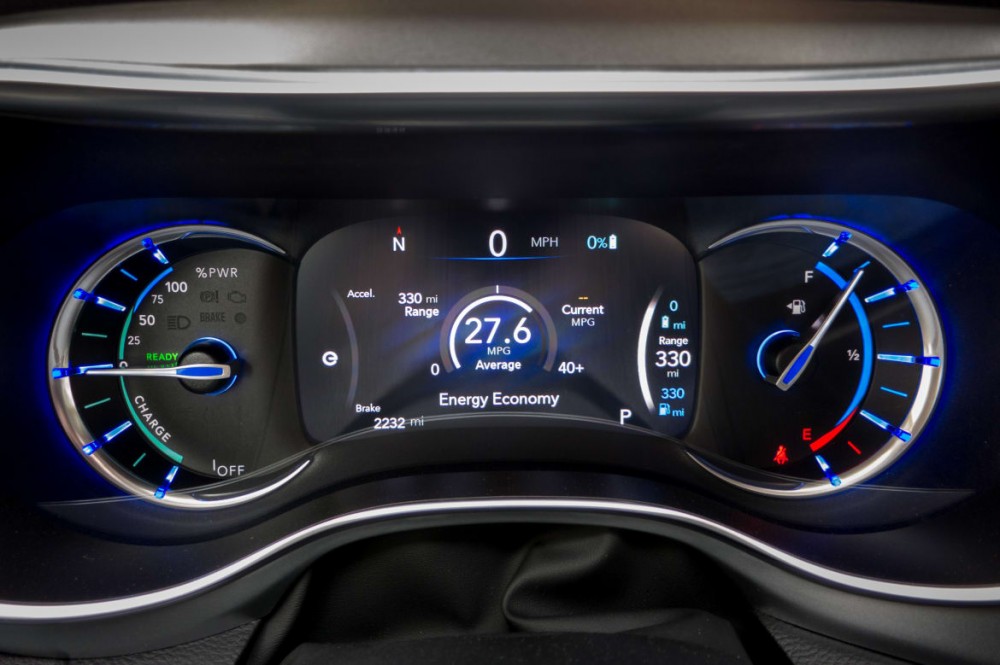
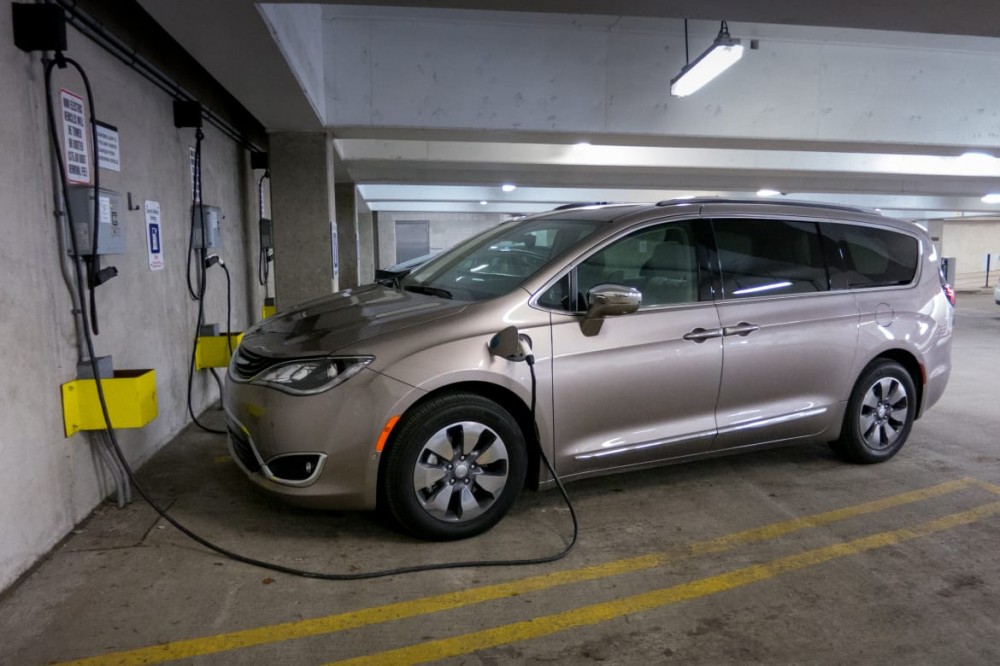
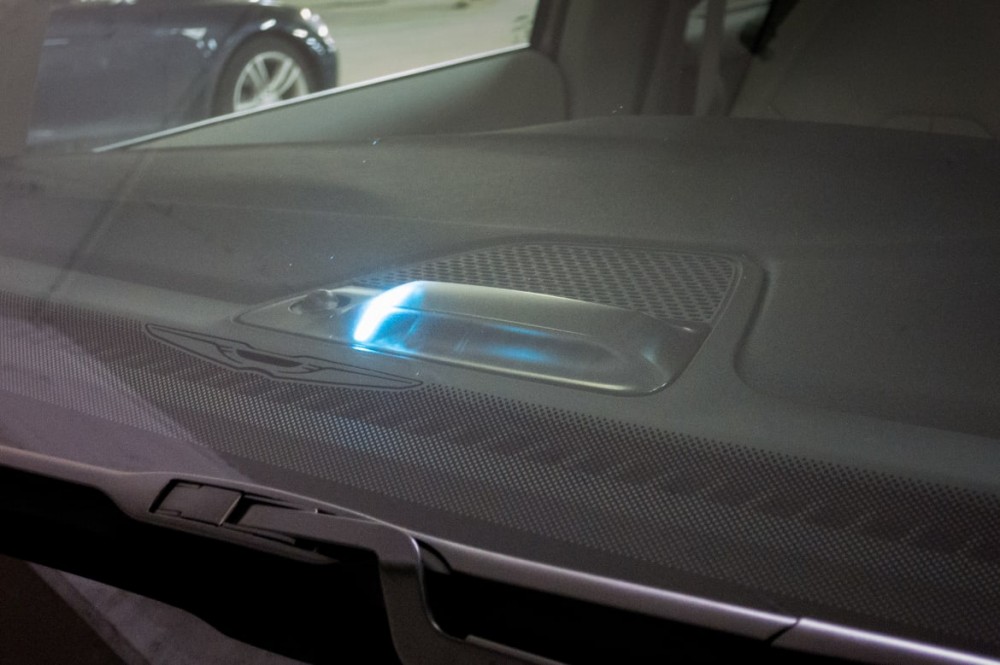
Out on the highway, however, the hybrid's efficiency advantage disappears. I was regularly averaging about 27.6 mpg on the highway, which is about the same as the standard gas Pacifica (18/28/22 mpg). Chrysler says the van can stay in EV mode up to around 75 mph, so go slower than that and you'll minimize your gas engine use and extend your use of EV mode.
Trading Utility for Efficiency
The Pacifica Hybrid is no different inside from the van that won our Best of 2017 award: spacious, very comfortable, well-laid out, full of top-notch materials and thoughtful designs, ready to take the whole family across the country without feeling cramped or on top of each other. There are some slightly different color options, and the gauge cluster is changed to reflect the car's hybrid systems, but it has the same good qualities as the standard gasoline-powered van.
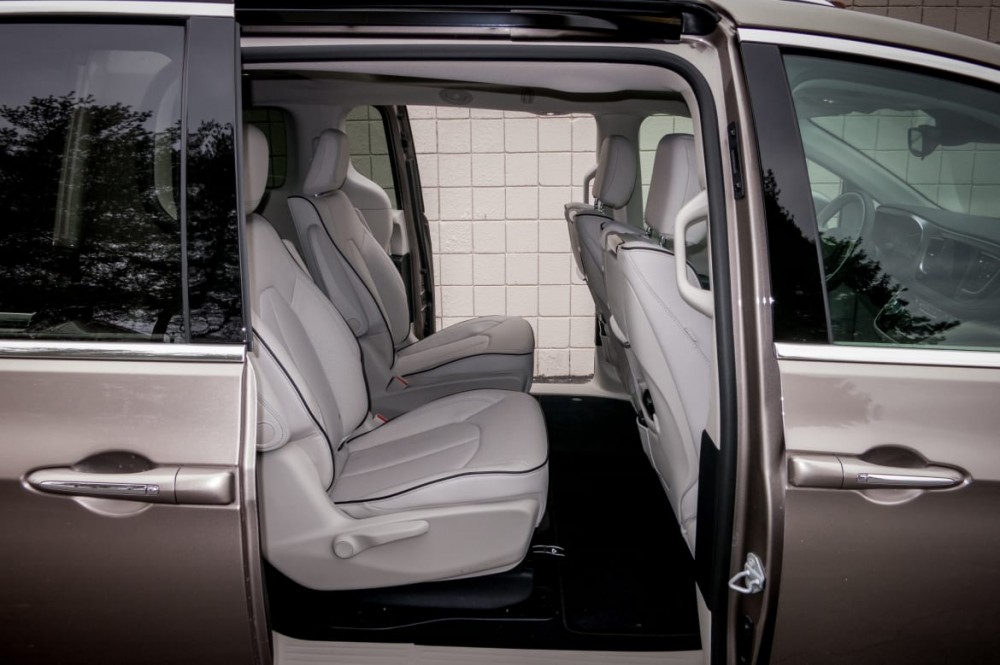
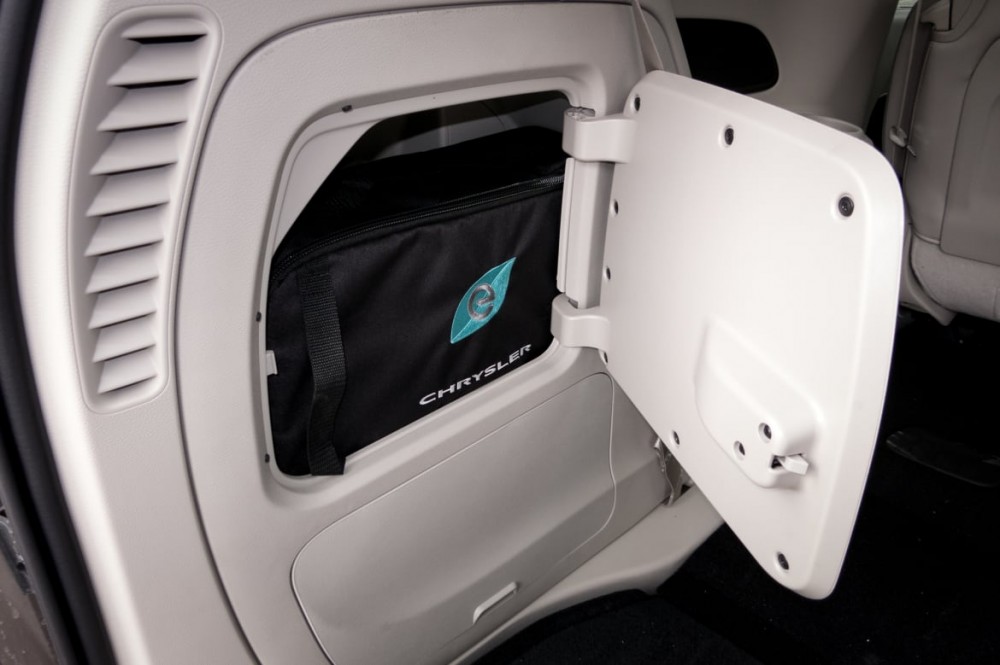
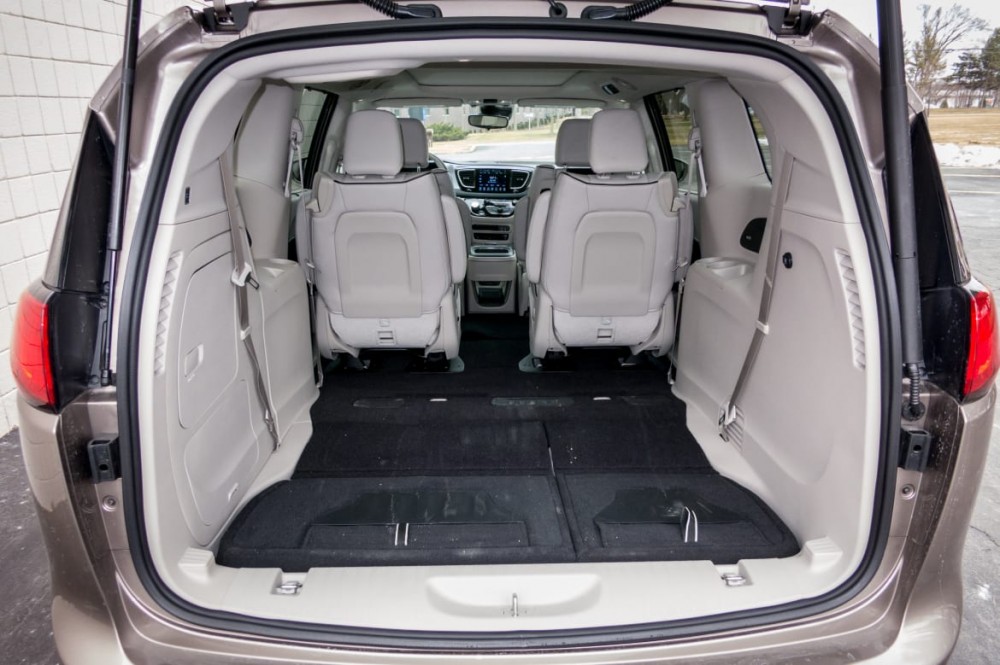
There are several downsides to getting the Hybrid, however: You can't get Stow 'n Go seating or the built-in Stow 'n Vac rear vacuum, among other things. Chrysler's novel foldaway second-row seats are a godsend for families, but the wells in the floor into which the seats would normally stow house the Hybrid's lithium-ion battery packs.
The third row folds as normal, but the second-row captain's chairs (a bench is not available) must either stay in place or be removed manually, which is one hell of a job to do solo due to their bulk. It's tricky even with two people. This limits the Hybrid's utility as a cargo-hauler but allows for excellent comfort in all three rows.
With the second row removed and the third row folded, the van can hold 140.5 cubic feet of stuff. That's a truly cavernous space, but it's still 9.5 cubic feet less than a Sienna and 8 cubic feet less than an Odyssey (compare the Pacifica with those two vans here). There's no vacuum in the back as this is where the charging equipment is stored.
I found the fixed seats to be an inconvenience but not one that overwhelmed the experience. An enormous 65-inch LCD TV from Costco, still boxed, slid right in between the seats with no problem. Still, it will be an inconvenience for anyone who makes frequent use of the "Stow" part of Stow 'n Go.
State-of-the-Art Safety
The Chrysler Pacifica Hybrid has not been crash-tested by the National Highway Traffic Safety Administration or the Insurance Institute for Highway Safety, but the conventional one has, earning a five-star overall rating from NHTSA and the highest possible ratings from IIHS. IIHS says that the ratings for the standard Pacifica also apply to the Hybrid despite it being significantly heavier.
My test vehicle came loaded with all the latest safety options: a 360-degree camera system, parallel and perpendicular park assist, adaptive cruise control, forward collision warning with automatic emergency braking, lane departure warning and assist, blind spot monitoring, rear parking sensors with automatic stop and more.
The Price of Efficiency
How much will you pay for this unparalleled level of efficiency in a full-size family minivan? The base Pacifica Hybrid Premium starts at $43,090 — a hefty $13,000 premium over a base Pacifica LX and about $7,000 more than the comparably equipped Pacifica Touring L. That doesn't, however, include a $7,500 income tax credit from the federal government for which you may qualify, nor any state or local incentives that may apply for purchasing a plug-in hybrid car.
My test vehicle was a Hybrid Platinum trim, which starts at $46,090. With options (such as the tri-pane panoramic roof), it rang up at $47,885.
Even without a whiz-bang fancy powertrain, this is not an unusual price for a loaded family minivan these days. Honda's top Odyssey Touring Elite runs $46,265, while Toyota's all-wheel-drive Sienna Limited Premium is $48,270. That you can now get most of the luxury amenities of the top vans with the addition of fantastic around-town efficiency and without a big cost penalty makes the Pacifica Hybrid's case that much better.








